 THE MINERAL GYPSUM
THE MINERAL GYPSUM
- Chemistry: CaSO4-2(H2O), Hydrated Calcium Sulfate
- Class: Sulfates
- Uses: plaster, wall board, some cements, fertilizer, paint filler, ornamental stone, etc..
Specimens
Gypsum has several variety names that are widely used in the mineral trade.
- "Selenite" is the colorless and transparent variety that shows a pearl like luster and has been described as having a moon like glow. The word selenite comes from the greek for Moon and means moon rock.
- Another variety is a compact fiberous aggregate called "satin spar" . This variety has a very satin like look that gives a play of light up and down the fiberous crystals.
- A fine grained massive material is called "alabaster" and is an ornamental stone used in fine carvings for centuries, even eons.
Crystals of gypsum can be extremely colorless and transparent, making a strong contrast to the most common usage in drywall. The crystals can also be quite large. Gypsum is a natural insulator, feeling warm to the touch when compared to a more ordinary rock or quartz crystal. Sheets of clear crystals can be easily peeled from a a larger specimen.
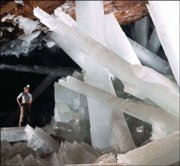

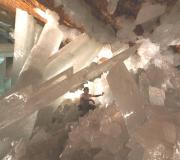

Plaster of Paris is made by heating gypsum to about 300 degrees Fahrenheit, driving 75% of the water out of the mineral. This reaction absorbs energy, enabling a sheet of drywall to resist fire for a while. Heating further to about 350 degrees F drives out the remaining water and results in conversion to the mineral anhydrite.
PHYSICAL CHARACTERISTICS:
- Color is usually white, colorless or gray, but can also be shades of red, brown and yellow.
- Luster is vitreous to pearly especially on cleavage surfaces.
- Transparency crystals are transparent to translucent.
- Crystal System is monoclinic; 2/m
- Crystal Habits include the tabular, bladed or blocky crystals with a slanted parallelogram outline. The pinacoid faces dominate with jutting prism faces on the edges of the tabular crystals. Long thin crystals show bends and some specimens bend into spirals called "Ram's Horn Selenite" Two types of twinning are common and one produces a "spear head twin" or "swallowtail twin" while the other type produces a "fishtail twin". Also massive, crusty, granular, earthy and fiberous.
- Cleavage is good in one direction and distinct in two others..
- Fracture is uneven but rarely seen.
- Hardness is 2 and can be scratched by a fingernail.
- Specific Gravity is approximately 2.3+ (light)
- Streak is white.
- Associated Minerals are halite, calcite, sulfur, pyrite, borax and many others.
- Other Characteristics: thin crystals are flexible but not elastic, meaning they can be bent but will not bend back on their own. Also some samples are fluorescent. Gypsum has a very low thermal conductivity (hence it's use in drywall as an insulating filler). A crystal of Gypsum will feel noticeably warmer than a like crystal of quartz.
- Notable Occurances include Naica, Mexico; Sicily; Utah and Colorado, USA; and many other locallities throughout the world.
- Best Field Indicators are crystal habit, flexible crystals, cleavage and hardness.
 Amethyst Galleries' Mineral Gallery MINERALS |
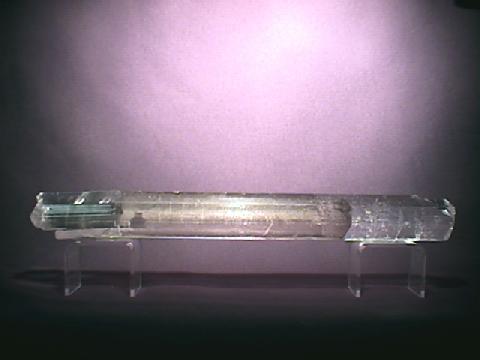
$ 140.00
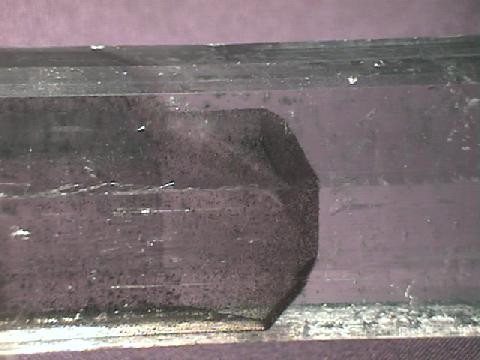

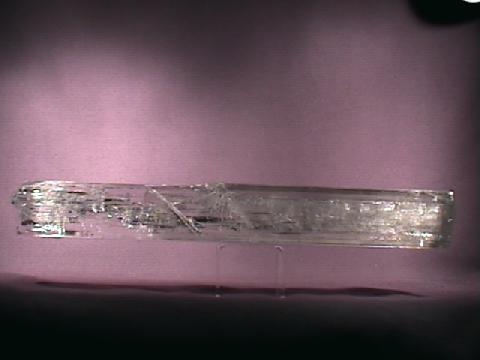
$ 145.00
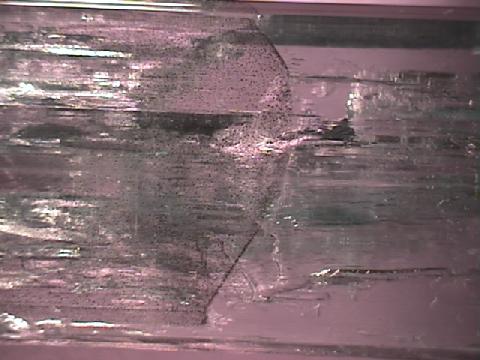

gyp-24 ($145.00)
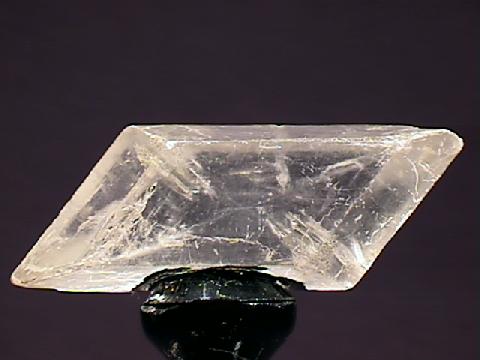
$ 45.00
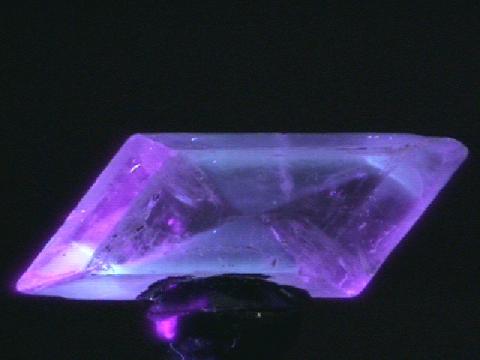

gyp-25 ($ 45.00)
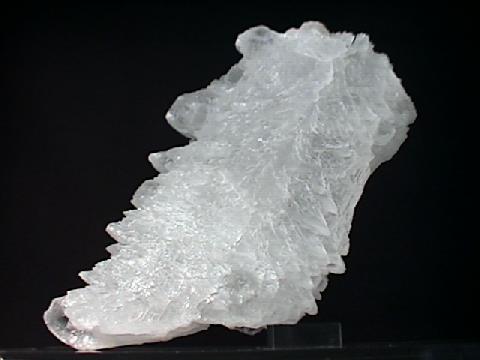
$ 30.00
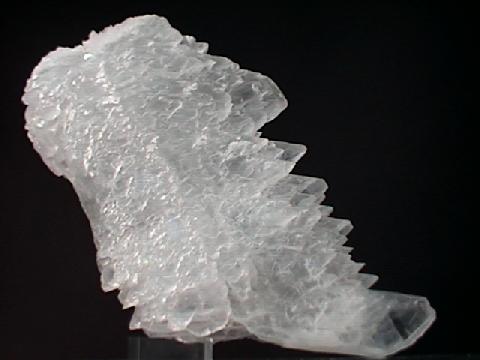

gyp-27 ($ 30.00)
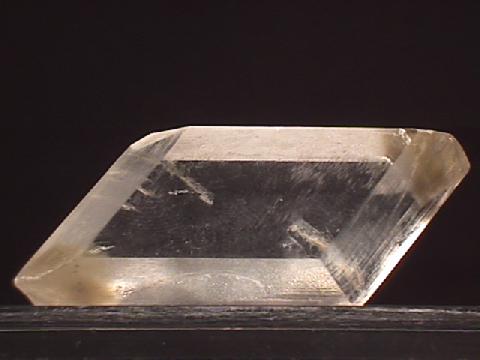
$ 60.00


gyp-31 ($ 60.00)
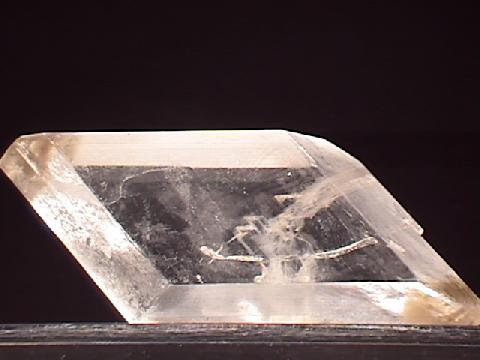
$ 75.00
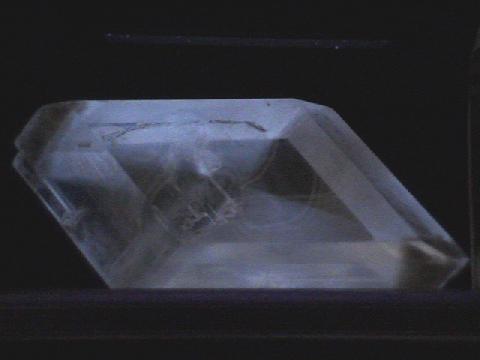

gyp-33 ($ 75.00)
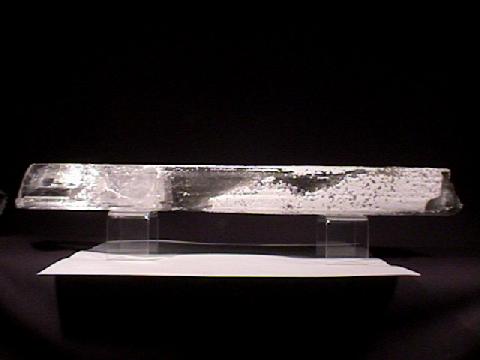
$ 240.00
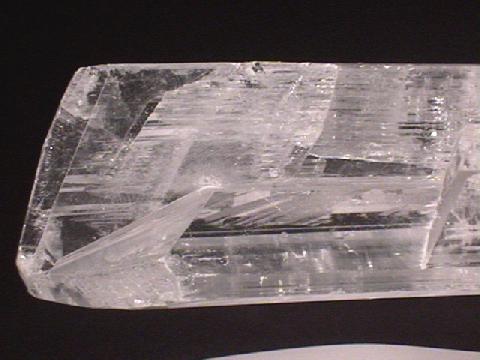

gyp-34 ($240.00)
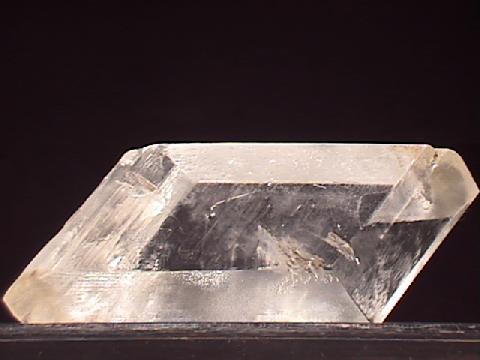
$ 90.00


gyp-35 ($ 90.00)
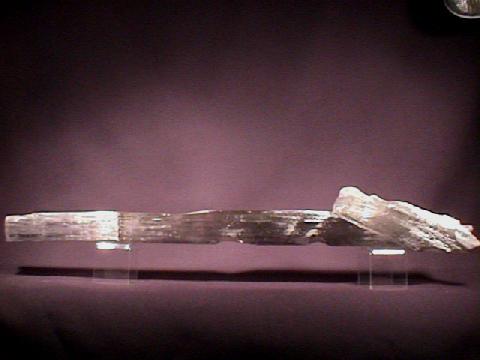
$ 270.00


gyp-36 ($270.00)
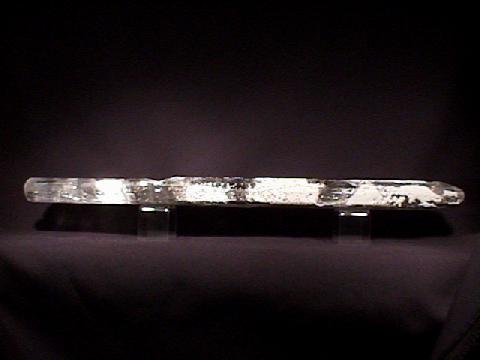
$ 300.00
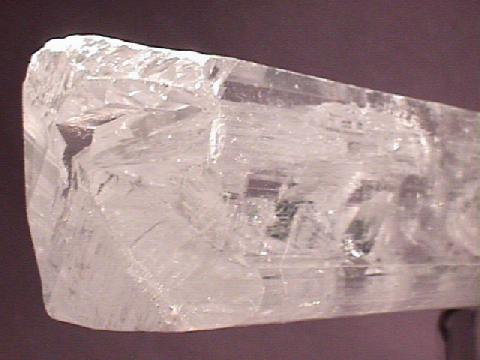

gyp-37 ($300.00)

$ 60.00

gyp-42 ($ 60.00)
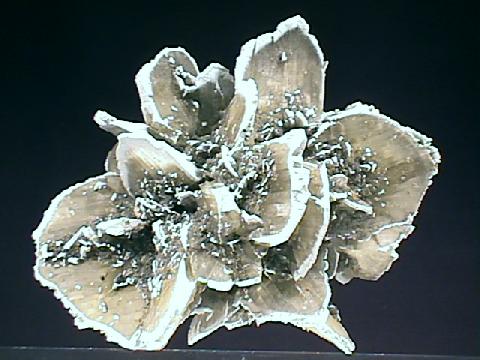
$ 110.00

gyp-46 ($110.00)
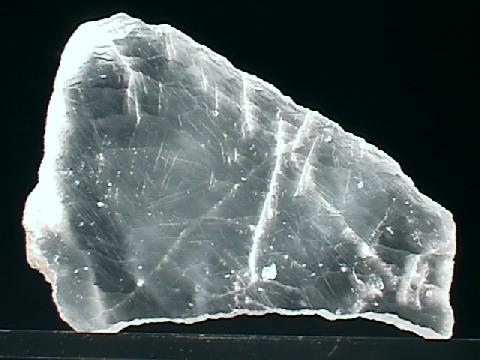
$ 31.00

gyp-47 ($ 31.00)
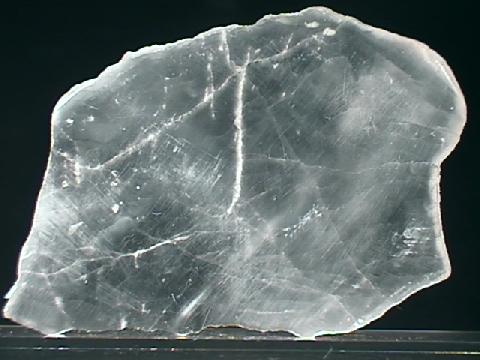
$ 30.00

gyp-49 ($ 30.00)
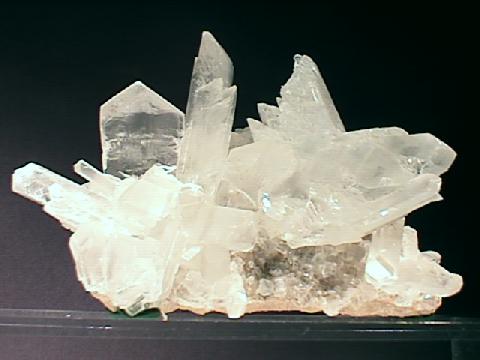
$ 120.00
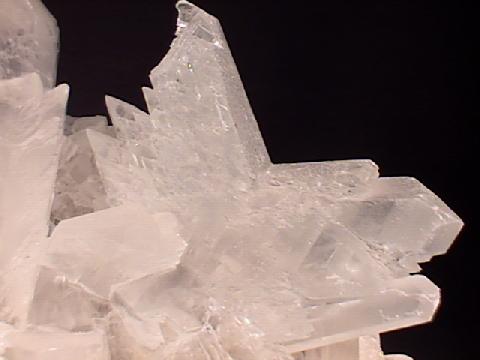

gyp-53 ($120.00)
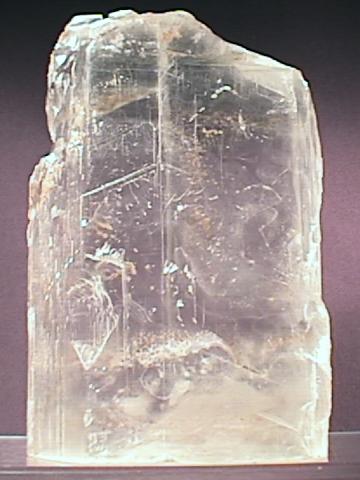
$ 54.00

gyp-55 ($ 54.00)
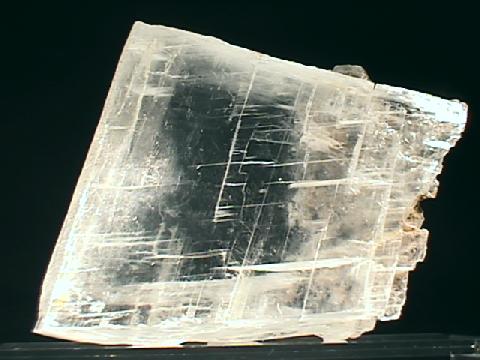
$ 35.00

gyp-56 ($ 35.00)
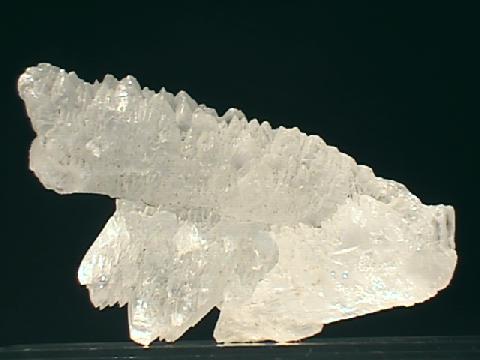
$ 25.00
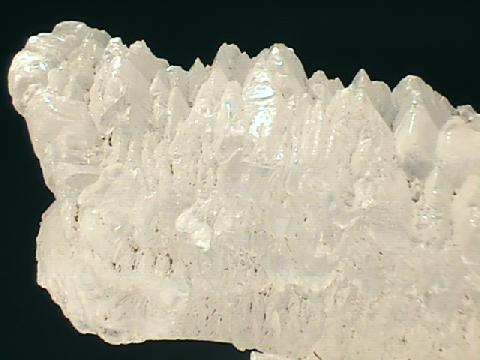

gyp-57 ($ 25.00)
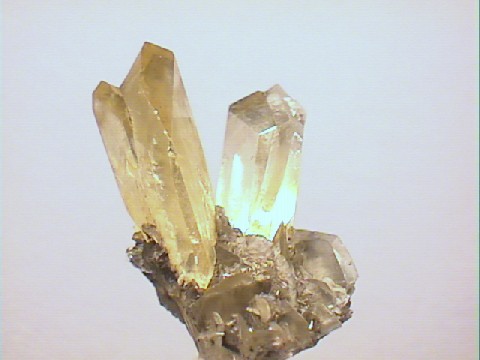
$ 25.00

gyp-63 ($ 25.00)
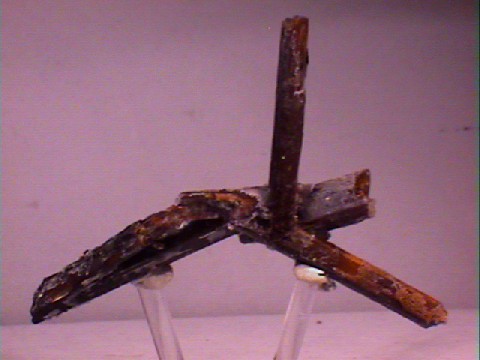
$ 25.00

gyp-64 ($ 25.00)
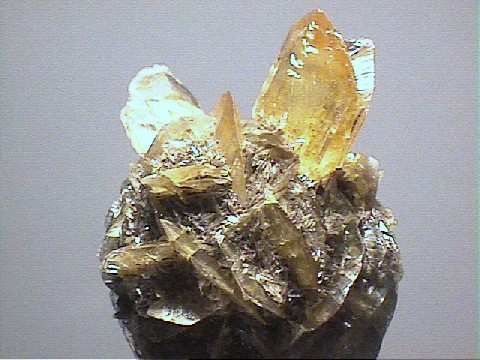
$ 39.00

gyp-62 ($ 39.00)
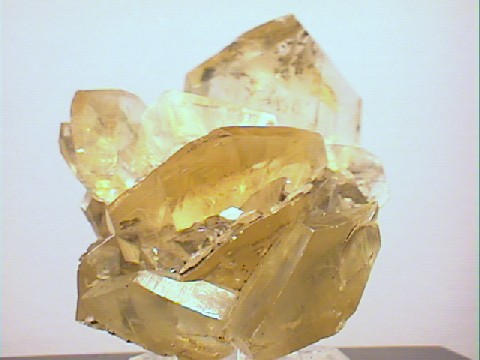
$ 35.00

gyp-65 ($ 35.00)
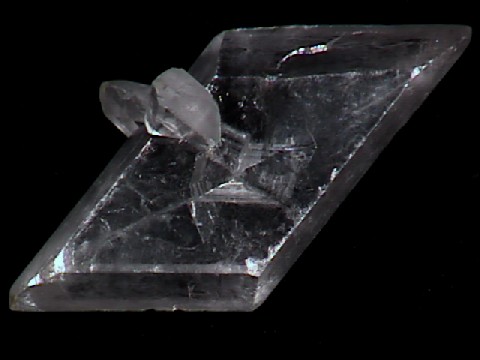
$ 28.00

gyp-66 ($ 28.00)
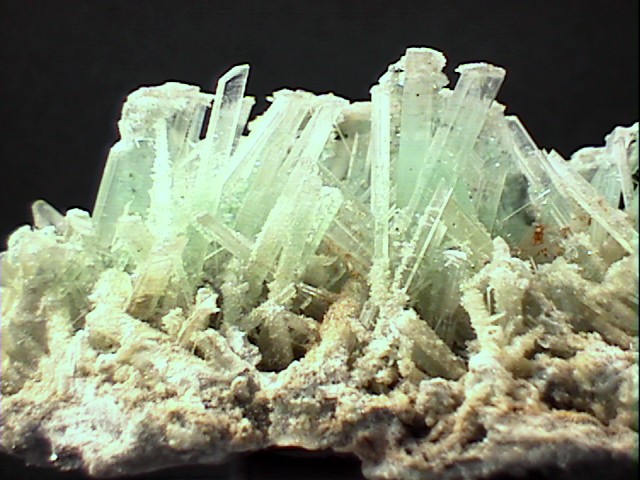
$ 30.00
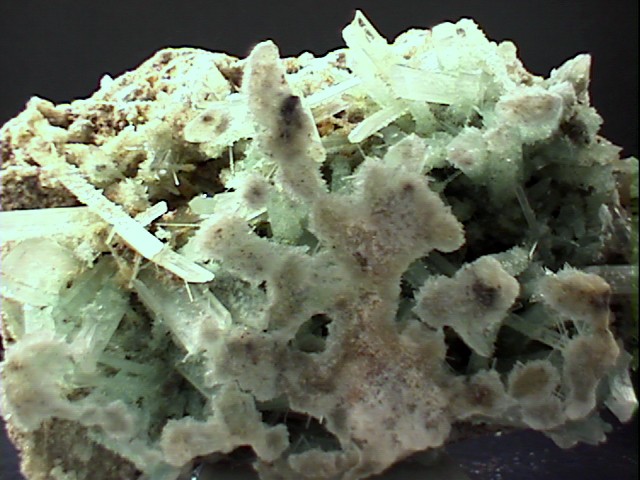

gyp-67 ($ 30.00)

$ 120.00

